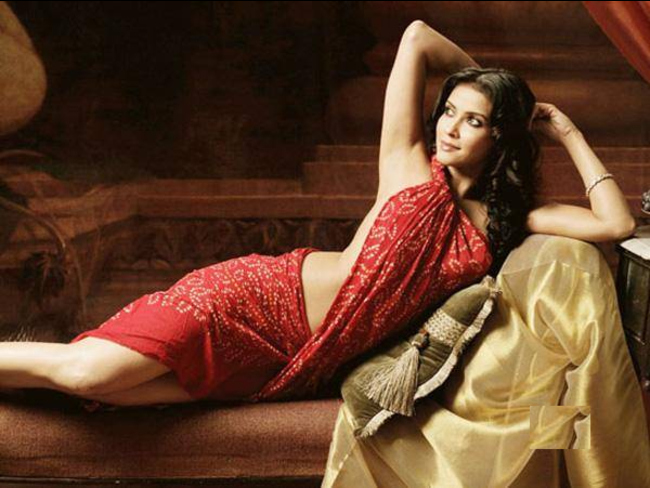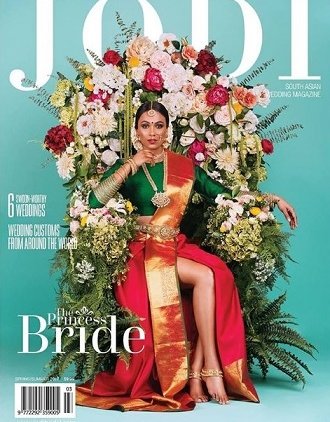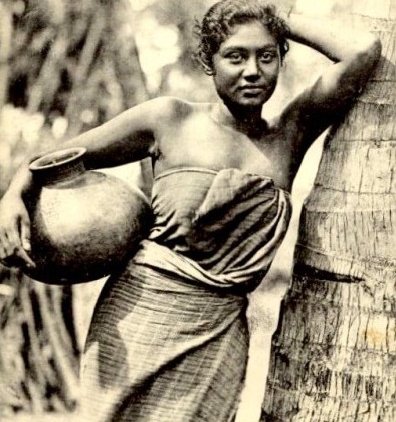
Your gaze stays transfixed, mesmerized by the smoothness of her skin. The beauty of it, of her, causes you to swallow the hard lump in your throat. You wonder how a simple body part can elicit such strong emotions within you. With thoughts racing, your eyes travel upwards, following the flow of light as it reaches past the calf to her thighs. Your hands clench as the exposed skin suddenly creates an urge within you to reach out and trace the long shapely legs with the tip of your fingers. She was, no scratch that, is beautiful.
She is like a queen on her bridal throne as she sits there, her body screaming with confidence. As the strength of her gaze meets yours, you feel yourself drowning in her eyes. She is every inch a woman and you just can’t take it anymore. Your eyes glint with contempt and maybe even a bit of… envy? You didn’t want her to be like this. The more you stare at her, the more your contempt turns to indignation. Who does she think she is? It doesn’t matter that historically, our women have been depicted as curvaceous figures with pointed nipples and generously exposed waists, which are depicted in the temple carvings. Or, that our women were indeed topless before the British decided to push their sense of propriety upon us. Now this new queen emerges, choosing to show a portion of her leg instead. It is unheard of! How dare she, you think to yourself, as you bite back the self righteous anger that licks the insides of your stomach.
The anger continues to simmer within you as you obsess with your belief that she isn’t respecting our culture—your culture. Her exposed leg ridicules your long held traditions and beliefs, and as much as you revel in her magnificence, you can not allow yourself to lose sight of the mockery she is creating. You think that she needs to be put in her place. And so you place your fingers on the keyboard and fervently type your outrage in the comment section below.

The concern, or should I say obsession, that the masses seem to have with women is nothing new. It has touched all cultures along every continent, passing through many countries. The regulation of woman’s attire and attitude have been the staple argument for the preservation of many cultural practices. The idea of woman and culture have gone hand in hand for many centuries with the collective belief that cultural representation is upheld seemingly through their women.
In the case of the Jodi Bridal magazine, the mere exposure of a woman’s leg (singular) has brought forth such a strong divisive argument between what is considered cultural, and what isn’t. However, those who vehemently oppose this ‘bold’ style, fail to realize that Tamil women’s fashion, which has somehow become synonymous with Tamil culture, has changed through-out the centuries. In 300BC, during the Mauryan and Sunga period, men and women’s attire consisted mostly of a rectangular piece of fabric covering the bottom and top. Prior to, and even during the colonialism period, many South Indian women rarely chose to wear anything on top, opting for minimal clothing to suit the humid, hot temperatures.

The female form was worshiped and admired as a thing of beauty. It was only during the British rule that the idea of decency became associated with covering of one’s body. Blouses were introduced and overtime became viewed as traditional South Asian wear. So yes, darling traditionalists, women back then rocked more than a little leg. If you want to keep with tradition, then let our woman bare their bodies in all their glory because that is what our predecessors did. The idea of decency has changed over time as well its association with the word ‘culture’.
You cannot successfuly integrate in current society with the expectations of what our people held fifty years ago. Preservation of culture as many of our people have tried to do, is a naïve belief. Our fixation with maintaining our cultural identity, stems from the sense of nostalgia of what we left behind. When Tamils migrated to the safety net of North America and other parts of the world, they developed a deep sense of fear of losing their culture. It was for that reason they banded together, creating a strong community and successfully introducing the cultural practices they were forced to leave behind. From Carnatic music, to bharathanatyam, to samathavedu, they did everything in their power to maintain their cultural identity. However as new generations of North American Tamils continue to emerge, the idea of cultural purity is breaking down.
Unless we choose to live in complete exclusion, isolated from any outside influences, we are not unaffected by the consistency of change. With the rise of technology and the ability to connect globally, education and access to information have helped many individuals reach new heights, and this includes Tamil women. When you bear witness to the protests of Tamil people who are somehow offended when their culture is challenged, it often revolves around the Tamil woman.
With the outcry of offensive comments for the recent Jodi bridal cover, a part of me was left completely dumbfounded by the sheer lunacy of those who felt the need to express the apparently clear violation of our ‘morally upright’ Tamil culture. The cries of ‘saving our culture’ and ‘not a Tamil bride’ left me shaking my head in confusion at the lack of priorities when it comes to what our culture should and should not represent. I was left wondering, where is this passionate response when our women are raped or beaten, when our children are being molested and solicited for sex by Tamil men? Is that an acceptable part of our culture that require minimal protests from the Tamil community?
Instead we choose to fixate on her. The woman who dared to expose her leg for the cover of a magazine shoot, only to procure the verbal wrath of many.
























